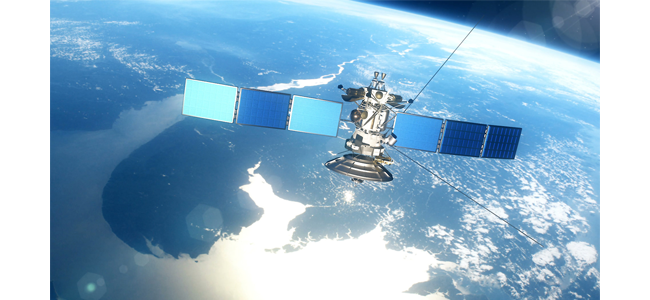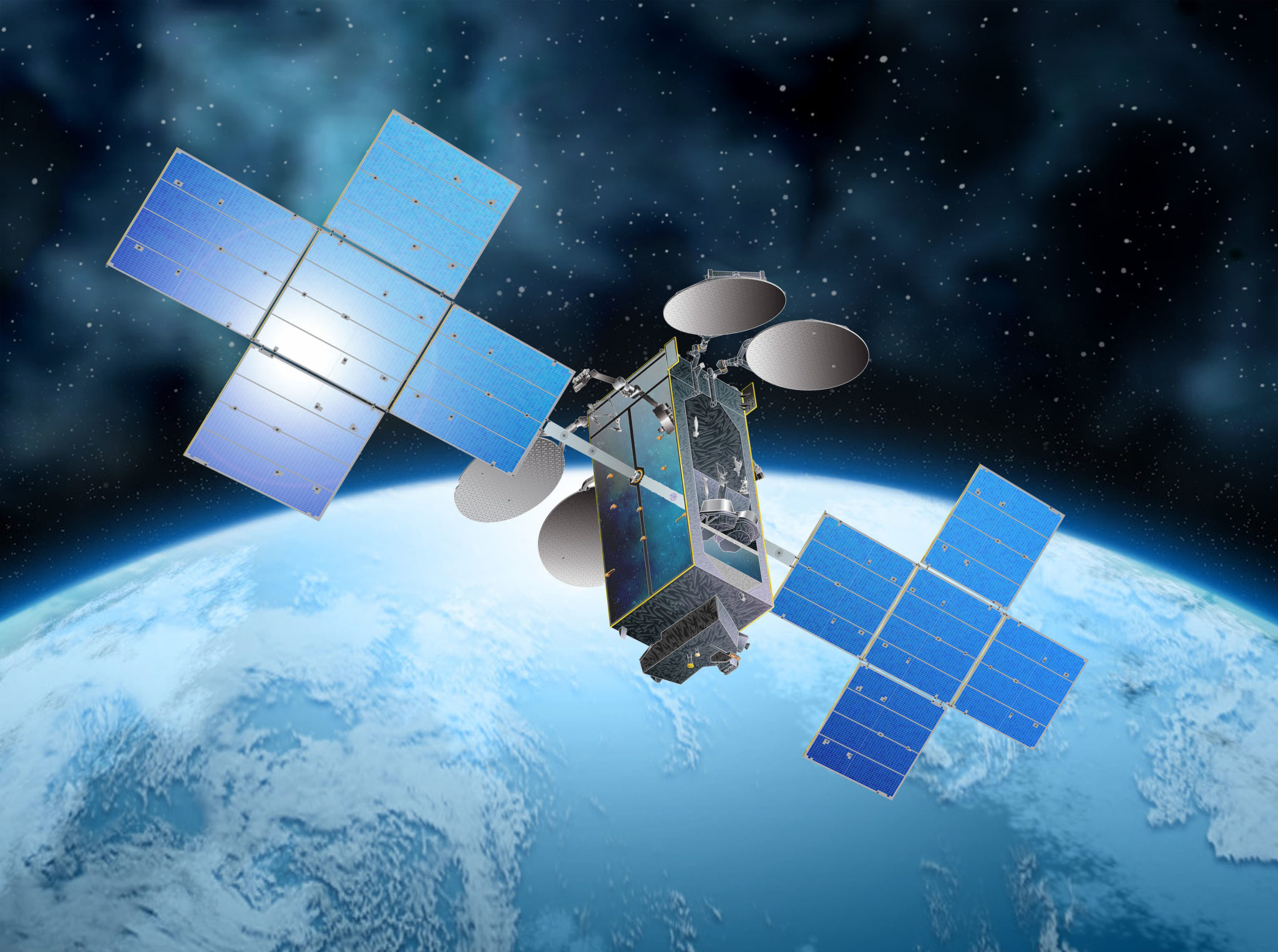New Satellite = New Plans
How much difference does a new satellite make? Hughes Network Systems evidently believes it makes a huge difference. With its latest bird, Jupiter 3, becoming operational, it has dramatically increased capacity.
What difference does the new satellite make?
HughesNet, therefore, is offering three new consumer service plans.
Last July. HughesNet launched the third of its geosynchronous satellites, Jupiter 3. The firm expected it to bring massive improvement in consumer internet services. It has. HughesNet has begun offering faster residential service tiers, with a maximum download speed of 100 megabits per second (MB/S. This is twice the previous maximum of 50 MB/S.
The 50 MB/S plan, called Select, is now the entry-level plan. It sells for $7499 per month. In addition, HughesNet offers an Elite plan, with a maximum download speed of 100 MB/S and a monthly price of $8999. Finally, a Fusion plan, selling for $10999 per month, combines terrestrial wireless signals with satellite connectivity. This presumably will reduce latency. Fusion provides a maximum download speed of 100 MB/S.
For its Fusion service, HughesNet has formed partnerships with several wireless networks in North America. However, the firm has not named its partners publicly.
Hughes calls Jupiter 3 the largest commercial communications satellite in existence.
What changes can you expect?
Mark Wymer, a senior vice president for Hughes, says the firm will continue to offer services through its older Jupiter 1 and Jupiter 2 satellites. “They can host our 25 MB/S plans, which the bulk of our base is on today,” Wymer said. “But the faster speeds are coming off our Jupiter 3, and all of our new customers will go on that.”
When asked about the practical difference the new satellite makes, Wymer said the “…raw scale of the satellite” and “its overall design with more powerful beams” will provide higher speed and capacity.
“The new throughput with Jupiter 3 and speeds we’re going to be able offer will be very competitive with the LEO offering out there today.”
LEO means Low Earth Orbit. LEO systems usually feature low latency because cause the signals don’t have to travel thousands of miles both ways.
In addition, the new bird can transmit 300 spot beams, relieving congestion and increasing data speed.
With HughesNet’s new bird, new customers can expect higher speed, higher capacity, and lower latency.











